The Butterbur is an ancient medicinal plant, whose analgesic, antispasmodic and anti-inflammatory effects were already used in ancient times. In the Middle Ages it was even used against the plague because of its sweat-inducing effect. Its main potential lies in migraine prophylaxis, where it is becoming more and more important today.
Occurrence & cultivation of butterbur

The Butterbur belongs to the sunflower family, but forms its own genus within this family. Native to Northern and Central Europe, it particularly likes to grow in floodplain landscapes on river and stream banks. While in spring (March to May) the somewhat bizarre pink to reddish colored bulbs form, the leaves of the plant are still quite inconspicuous. When the flowering is over, the leaves develop huge dimensions.
They are up to 60 cm wide and are among the largest in the Central European flora. The shape of the leaves, which are mainly hairy on the underside, is reminiscent of coltsfoot, another medicinal plant closely related to butterbur. The rhizome of the deciduous, herbaceous plant is perennial. Like ginger, it forms rhizomes with a thickness of around 4 cm. Most butterbur species are between 10 and 25 cm tall.
Effect & application
It is the common butterbur (Latin: Petasites hybridus), which is used medicinally because of its analgesic, antispasmodic, anti-inflammatory and anti-allergic ingredients. The sesquiterpenes petasin and isopetasin have been identified as two of its most important ingredients, and the plant also contains flavonoids, alkaloids, mucilage and essential oils. A valuable extract with the healing properties mentioned above can be obtained from the rhizome, the rootstock of butterbur.
This patented extract from wild plants or organic cultivation is contained as an active ingredient in some medicines available without a prescription. It is mainly used for migraines, where it relaxes the blood vessels in the brain and thus eliminates the cause of the pain. Butterbur extract also helps with neck and back pain, rheumatism, gout, menstrual cramps and all kinds of cramps, including asthmatic complaints. It has a balancing and relaxing effect on the vegetative nervous system, and it has also proven itself in the case of heart failure. In some countries butterbur extract is already contained in finished medicinal products against hay fever, where it is as strong as medicinal antihistamines. Applied externally, the plant promotes the healing process for wounds and ulcers. Classical homeopathy also uses butterbur preparations. It treats bronchitis and convulsive coughs, among other things.
In addition to the medicinal ingredients, Petasites hybridus also contains undesirable components. The scientifically called pyrrolizidine alkaloids are poisonous and can potentially cause liver damage. It is therefore not advisable to collect the plant in nature yourself and take it as a home remedy.
It is absolutely unsuitable for a tea infusion! The commercially available, high-purity special extract is produced in a complex process and freed from toxins in the process. Modern breeds of butterbur contain practically no pyrrolizidine alkaloids at all, so they can be used long term without hesitation.
Importance for health, treatment & prevention
The German Migraine and Headache Society DMKG recommends butterbur extract for migraine prophylaxis in its therapy guidelines. Scientific studies have shown that its effectiveness in this area of application is comparable to that of synthetic drugs such as beta-blockers.
Since the extract is generally very well tolerated and has hardly any side effects (only mild stomach problems occur rarely), it is a real alternative for many migraine sufferers. It helps to save chemical drugs, which in the long run put an enormous strain on the organism and can also lead to permanent headaches. Especially in the case of migraines in children, its good tolerance makes it the drug of choice.
Taken regularly over a longer period of time, butterbur can not only reduce the severity of pain attacks in migraineurs, but also the number of migraine days. Current studies speak of a reduction of up to sixty percent. In some patients, such a positive effect can already be seen after four weeks, in others it takes almost twice as much time - depending on the individual condition. In order to achieve long-term improvement, experts recommend a permanent cure for at least six months.
In studies, the butterbur has long since proven itself as a medicinal plant against hay fever. It has been shown to swell the mucous membranes (even faster than conventional medication), making it easier for those affected to breathe again. In a comparative study by the Helmholtz Institute in Munich, the antiallergic effect of butterbur preparation was in no way inferior to that of classic antihistamines. The great advantage of the herbal active ingredient is that - in contrast to its chemical competition - it does not cause tiredness.
Researchers also suspect that the natural active ingredient in butterbur starts to work at an earlier point than the usual antihistamines, namely at the source of the inflammation. If this is confirmed, the plant could also be used prophylactically against hay fever in the future. In South Korea and Switzerland, hay fever drugs containing the active ingredient from Petasites hybridus are already available.
They require a prescription, so theoretically they can be obtained from international pharmacies with a private prescription. In Germany, on the other hand, such preparations have not yet been approved, and further studies are still to be carried out. Butterbur preparations are not suitable for use during pregnancy or breastfeeding.

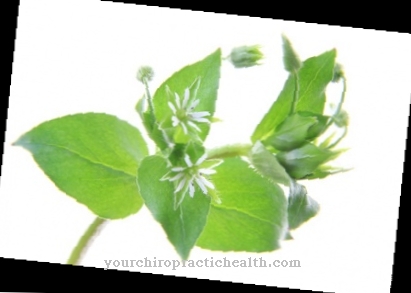
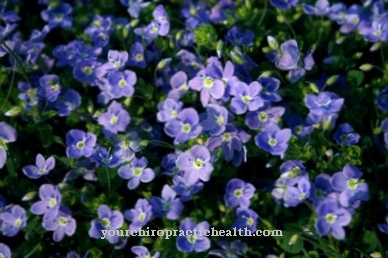
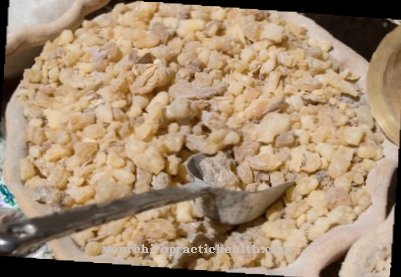
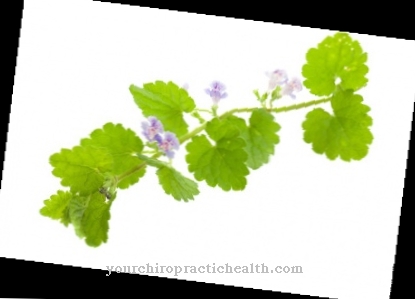

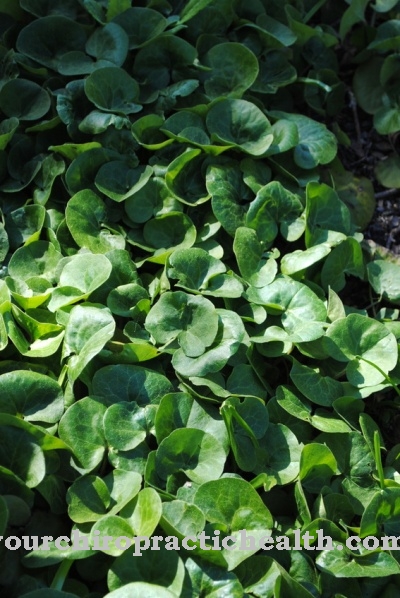

















.jpg)



